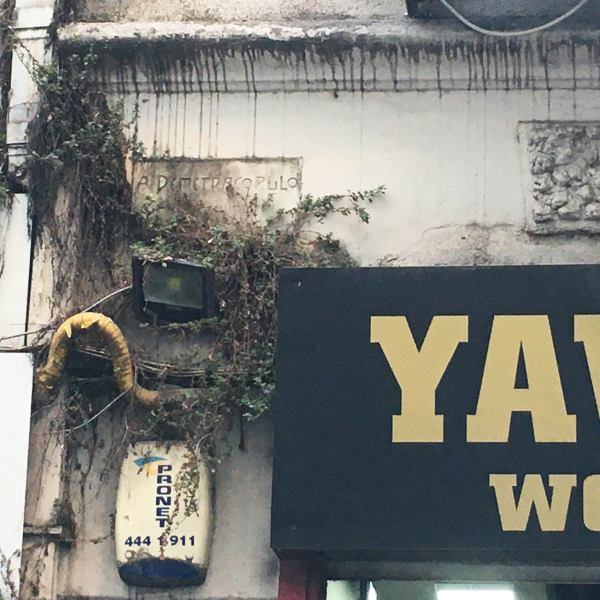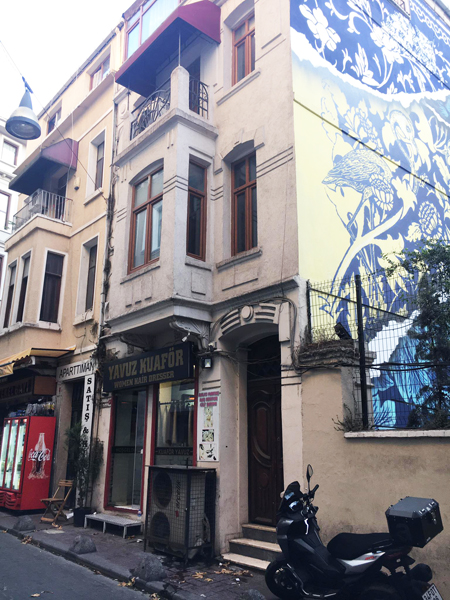
Ephemera
Surviving architectural plaques of Istanbul
Architectural plaques are often the only indicator of the original or later architect / developer (often designated as an ‘engineer’) as no central register has existed and still doesn’t exist in Turkey. There have been recent efforts to catalogue these architects with books dedicated by focusing on different ethnic groups such as those from the Istanbul Greek community. Much has been lost, both in terms of the plaques been lost over time, often through ‘restorations’ and much of the former minority communities have migrated away so tracing possible descendants has become a lot more difficult. Knowledge is concentrated in the most prominent of architects such as Alexander Vallaury and Giulio Mongeri, often designated as ‘Levantine’, which can be confusing as some of these names were born in Istanbul while others were long-term visitors such as Raimondo D’Aronco, but the confusion can perhaps be extended to other communities such as the ‘Greek’ architects who may have had French etc. nationality and education with that language being their main communication as was common with the upper classes of the Ottoman society. This gallery shows a small slice of surviving plaques, mostly in the Beyoglu district and we welcome additional images or information.
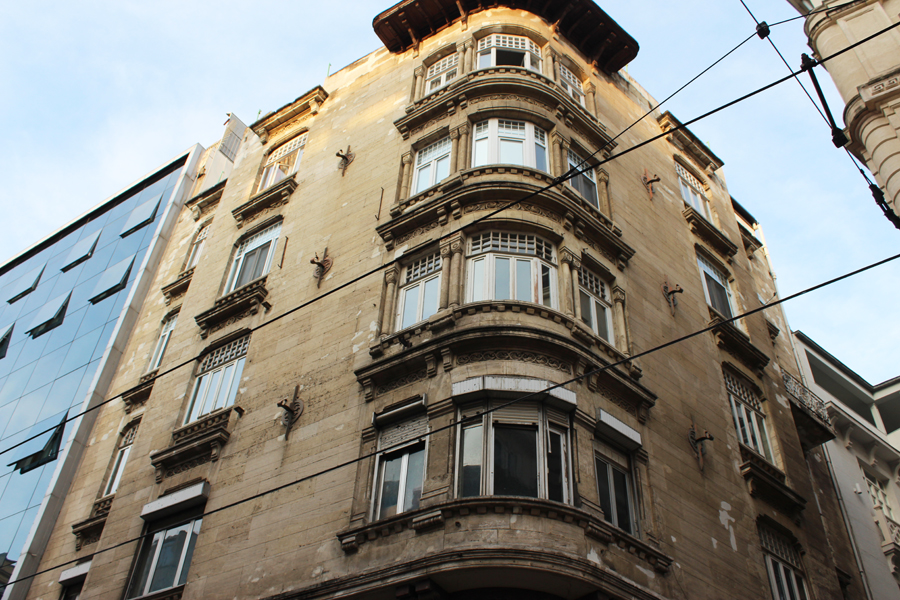
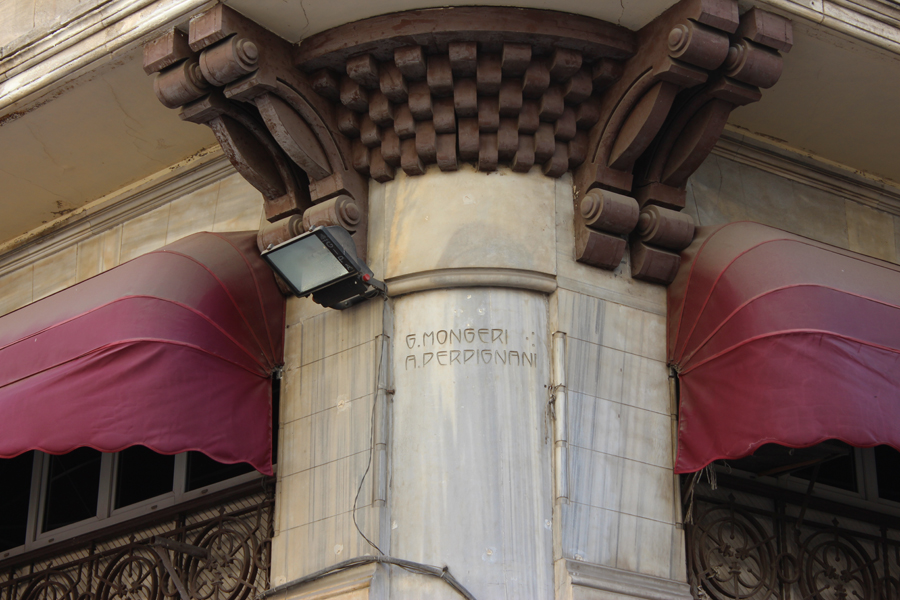
İstiklal caddesi, Beyoğlu - G. Mongeri & A. Perpignani
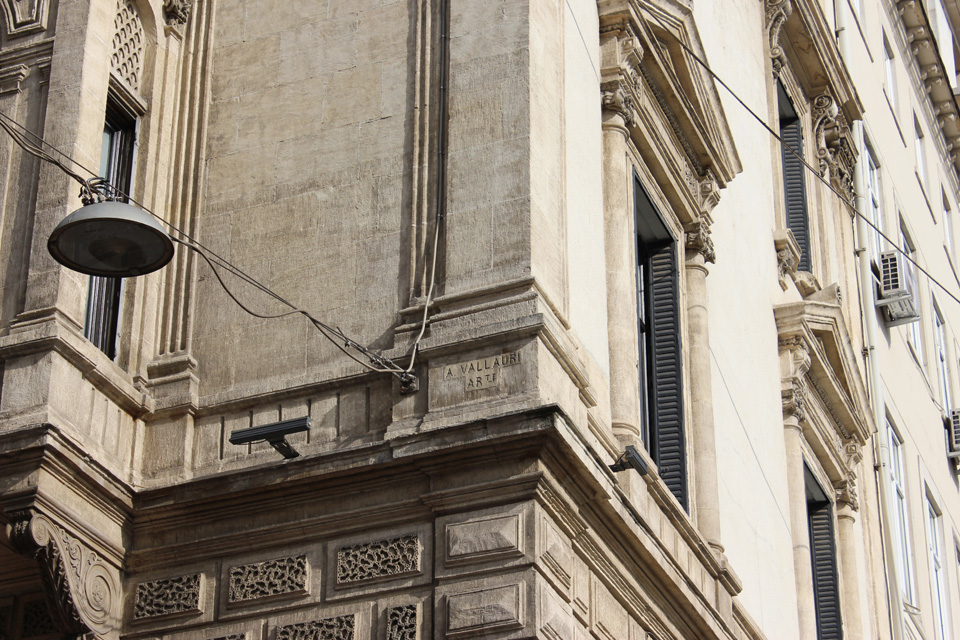
Tünel - A. Vallauri
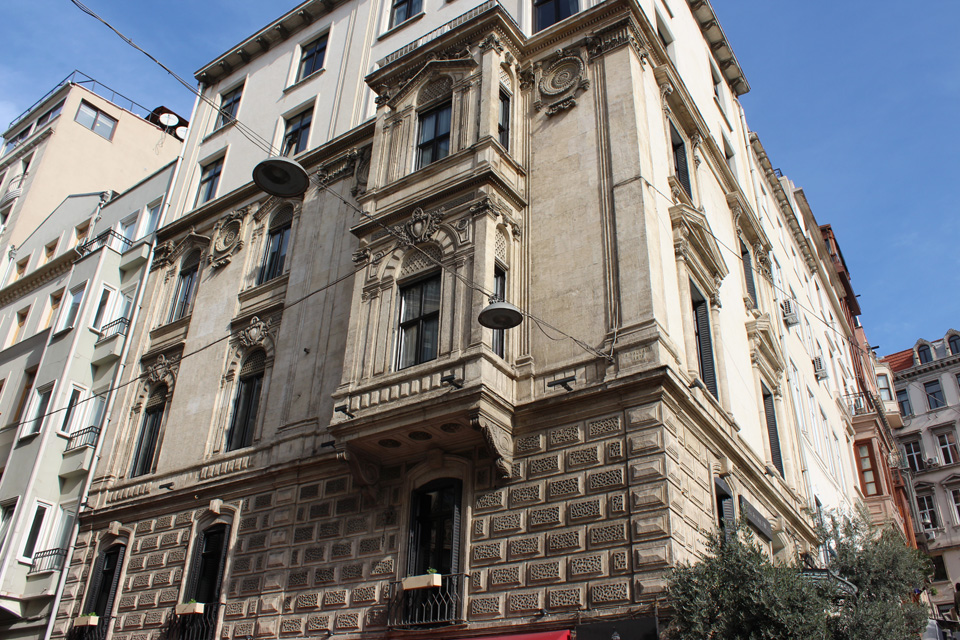
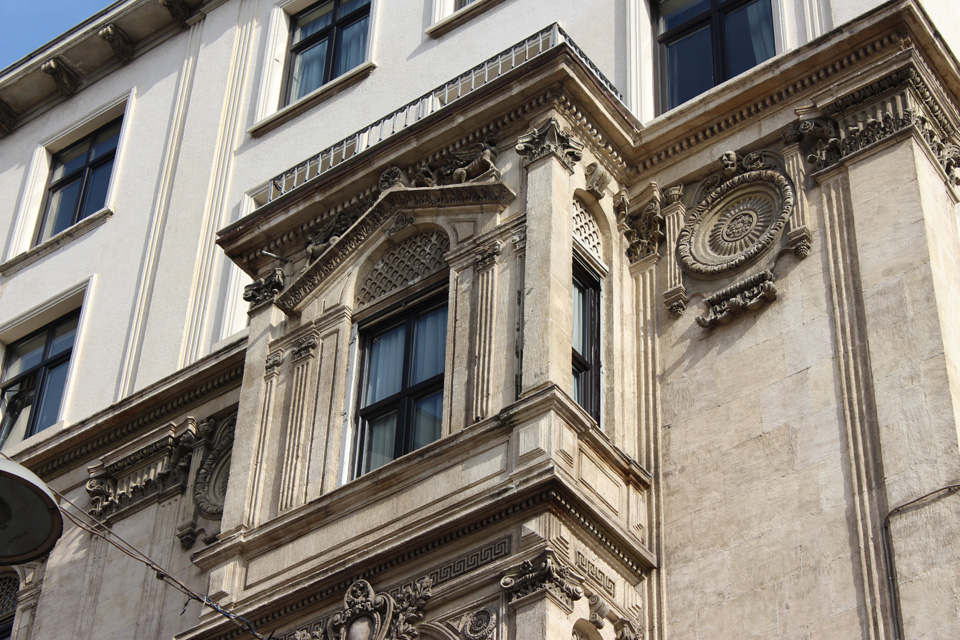
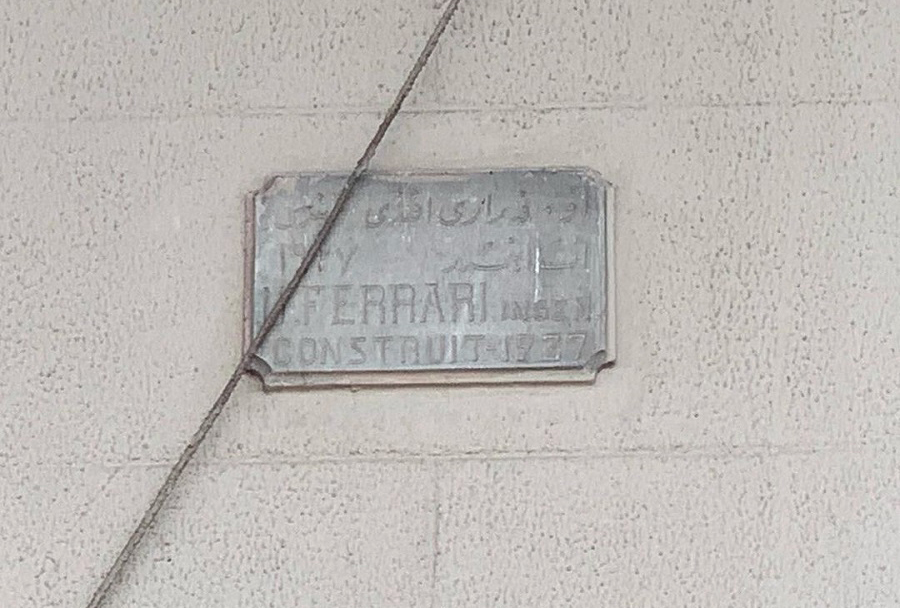
Haldun Taner sahnesi, Kadikoy - U. Ferarri, engineer - 1927
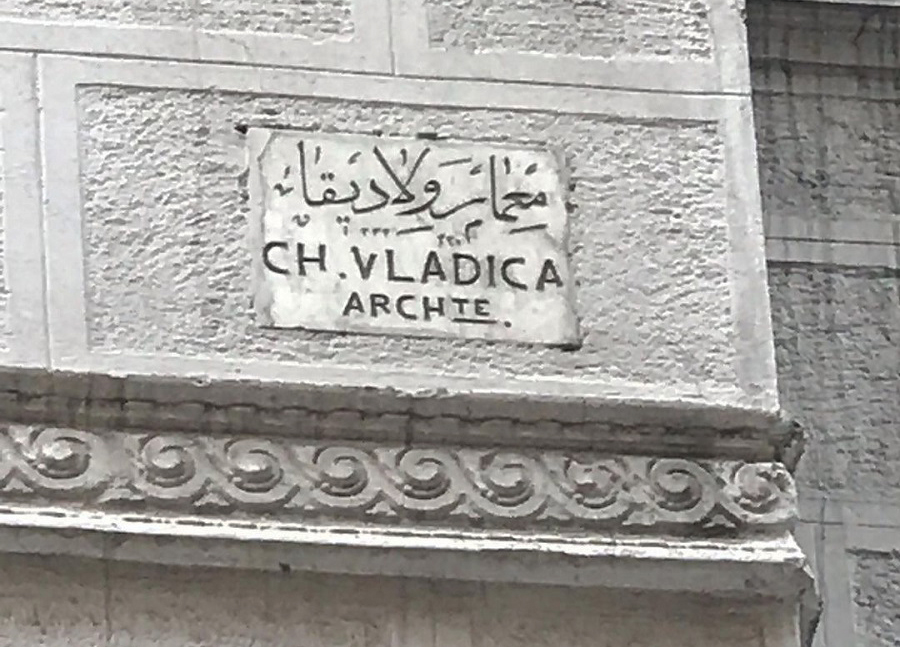
Sultanhamamı caddesi, Eminönü - CH. Vladica
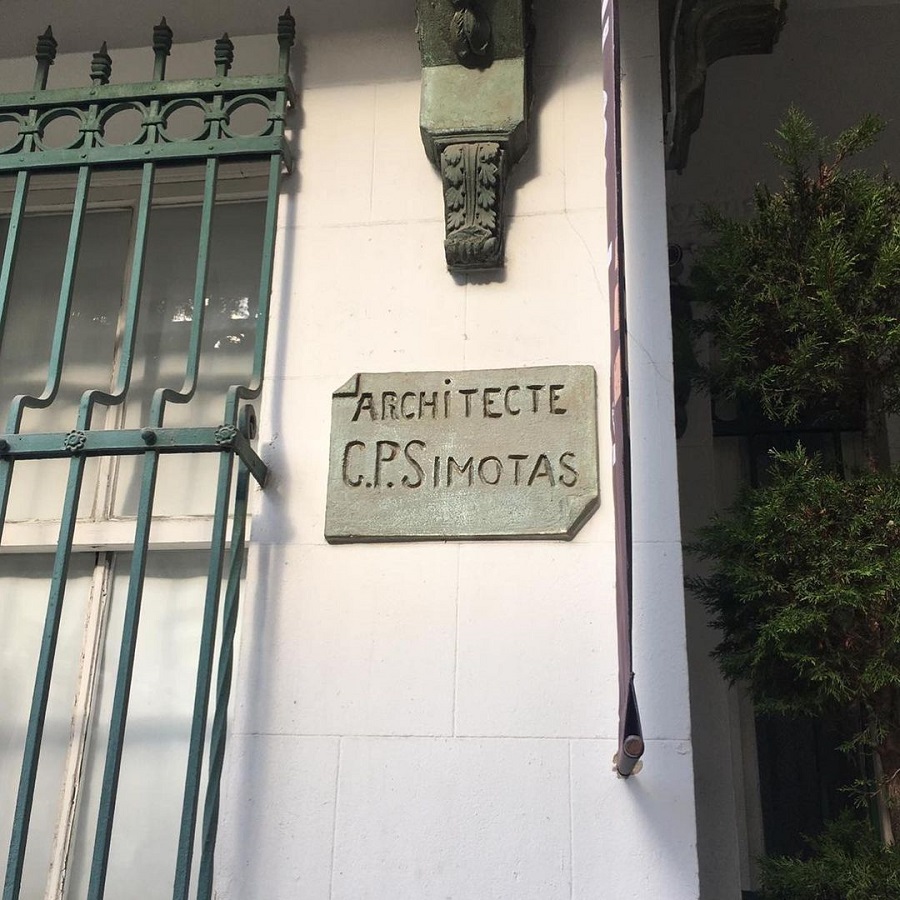
Kuzguncuk C.P. Simotas
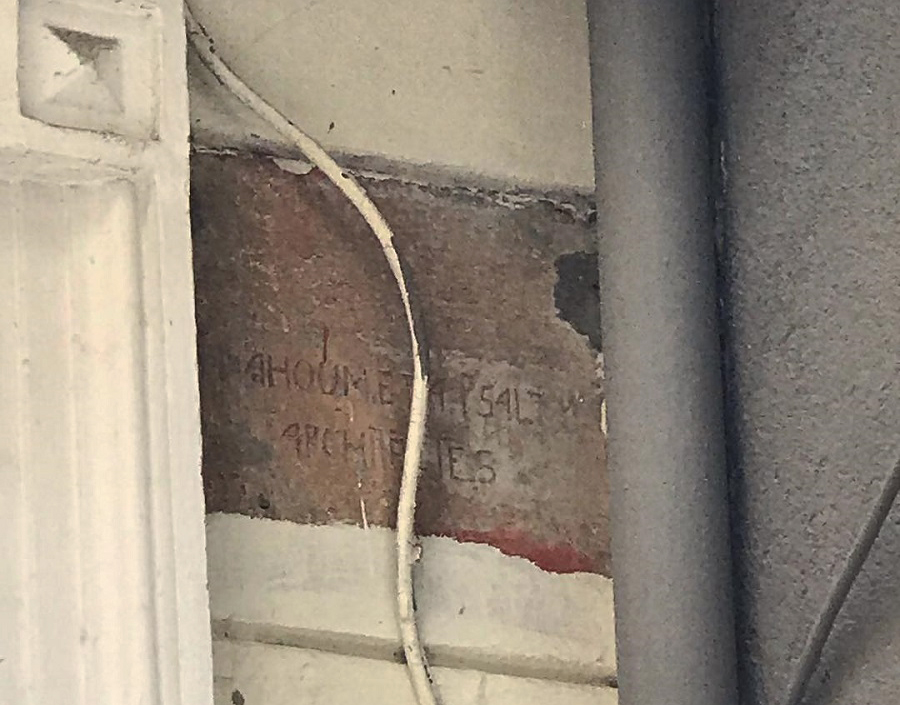
Bilgirhan, Asmalımescit - Nahoum & A. Psalty
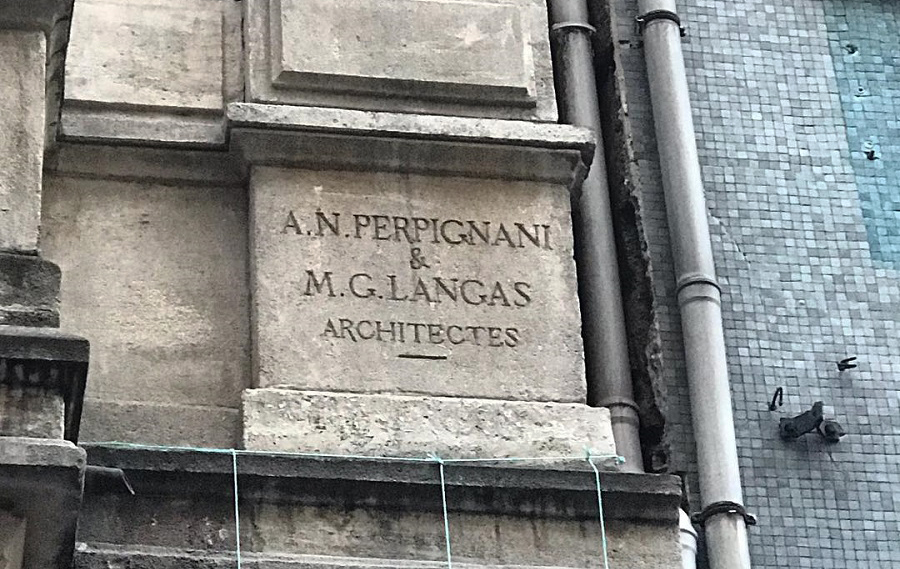
Tel sokak, Beyoğlu - A.N. Perpignani & M.G. Langas
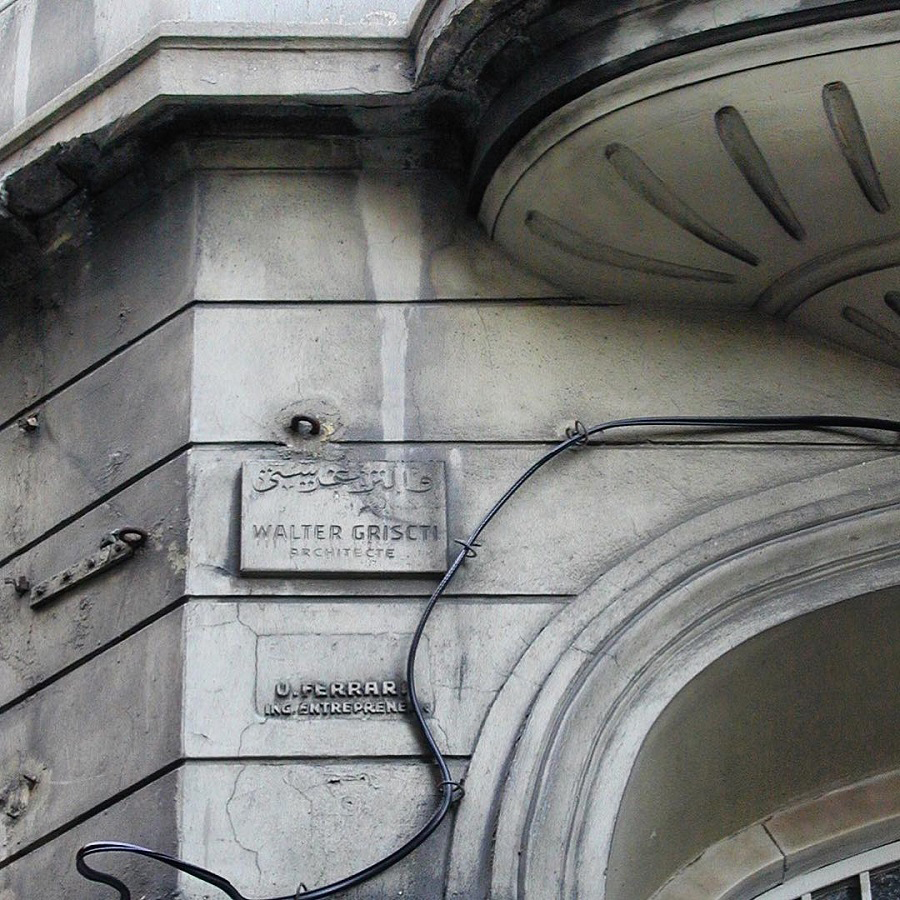
Sirkeci - Walter Griscti, architect; U. Ferarri, engineer & entrepeneur
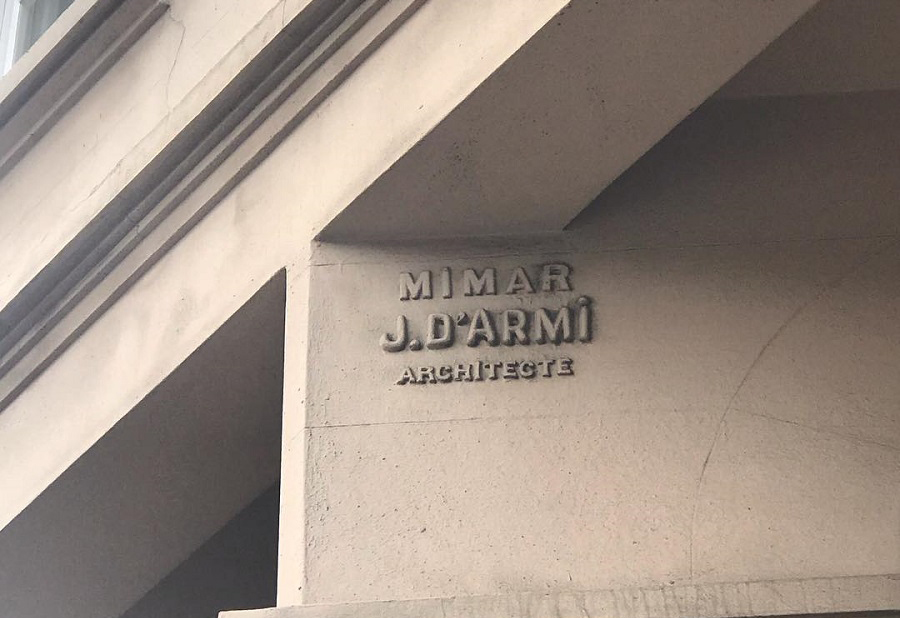
İzmirpalas, Maçka caddesi, Teşvikiye
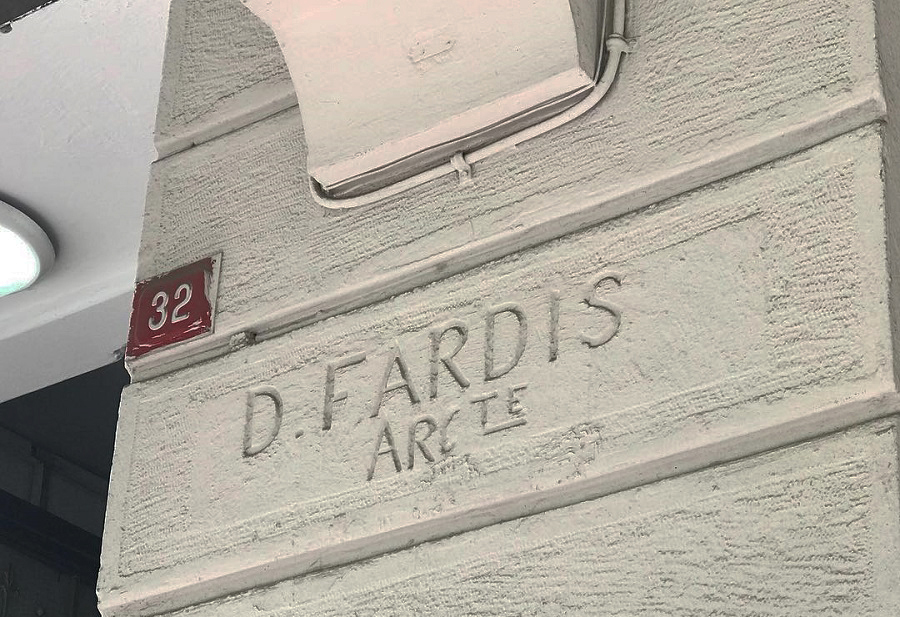
İkbalapartmanı, Şişli - D. Fardis
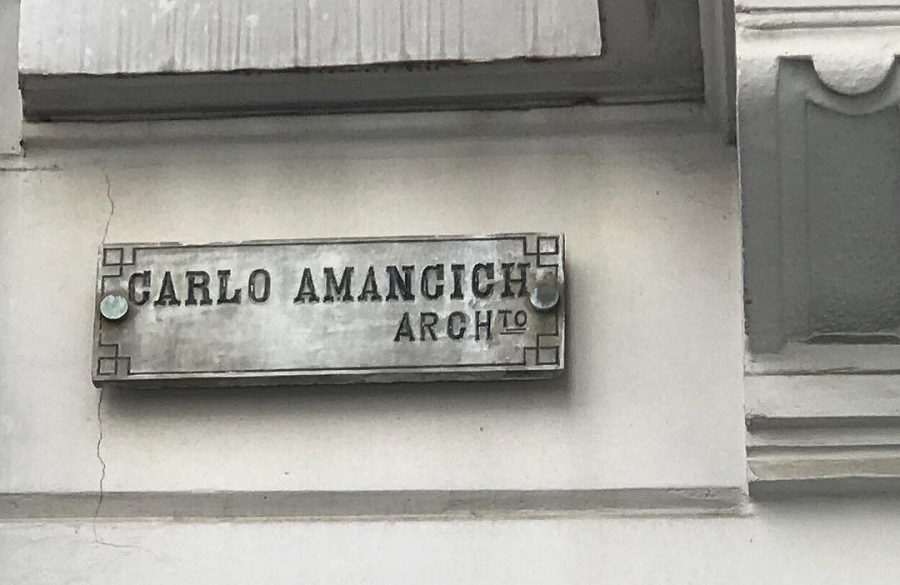
Serdarıekrem sokak, Galata - Carlo Amancich
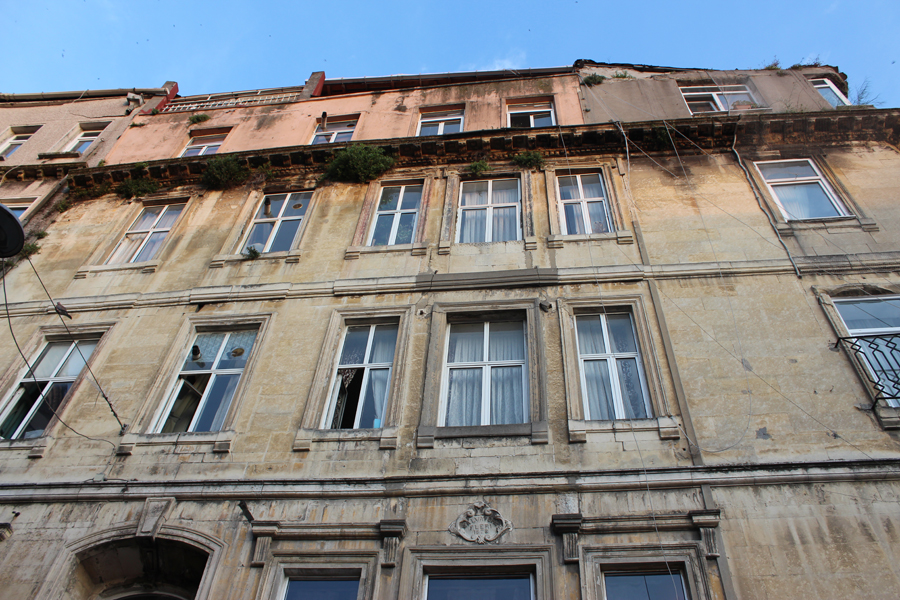
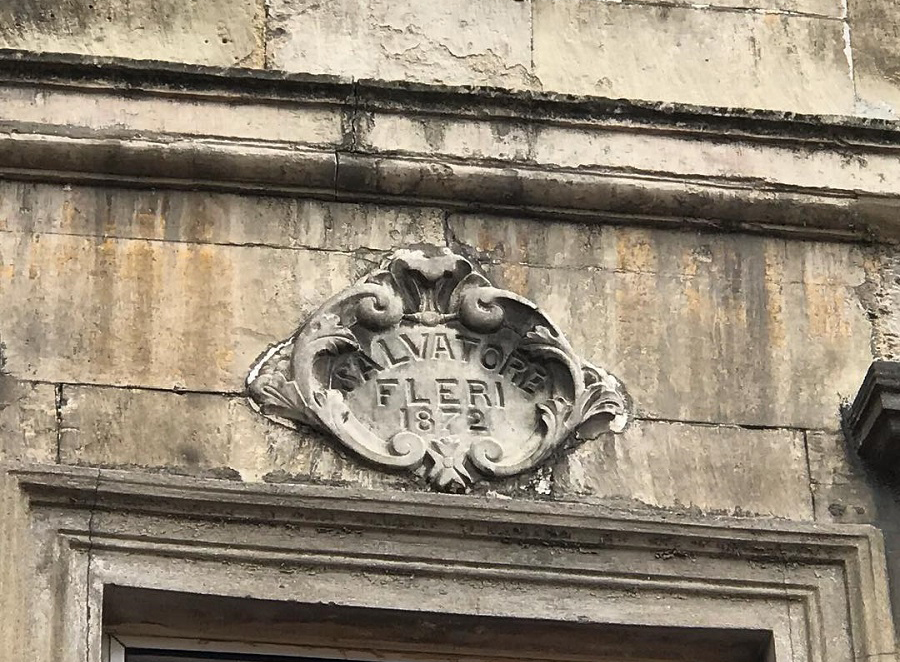
Galata kulesi sokak, Galata - Salvatore Fleri, 1872
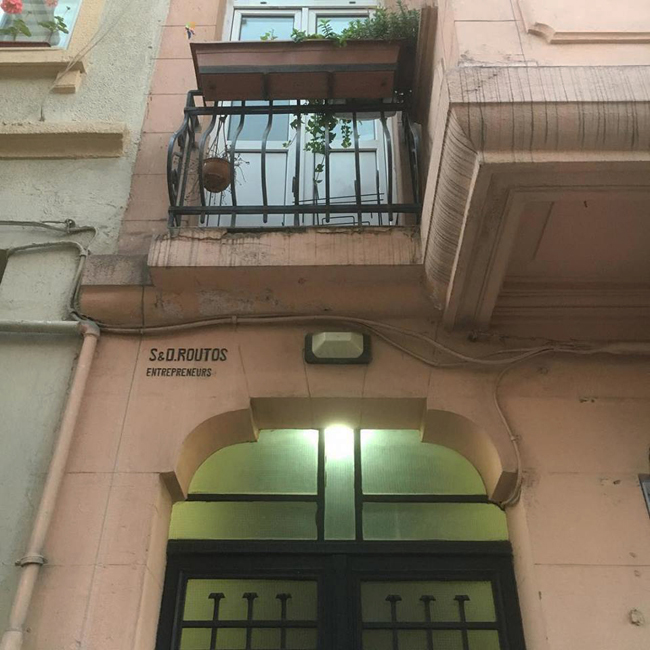
Yeni Çarşı Cd., Beyoğlu - S & D. Routos - not an architect’s plaque but a relict of a business past.
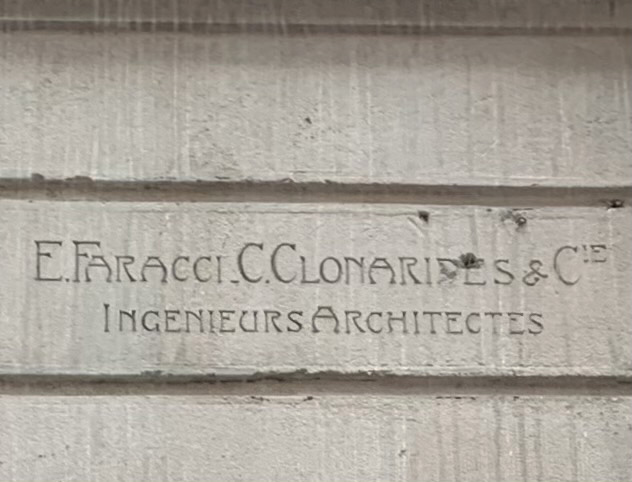
E. Faracci & C. Clonarides plate on Hurşit Bey Apartment on Abdullah Street, Taksim. The apartment built by Levantine architect Emilio Faracci from Istanbul on Taksim Abdullah Street with his colleague Cleovoulos Clonarides and today named Hurşit Bey. Emilio Faracci, who was the architects of the Sankt Georg Austrian Hospital in Galata and some buildings belonging to the Haydarpaşa Train Station and also was one of the engineers of the Ottoman-Anatolian Railway Company. Faracci’s office was in Saint Pierre Han, built in the 18th century in Galata, still standing today in a neglected state. For entrance portion and full building view see below:
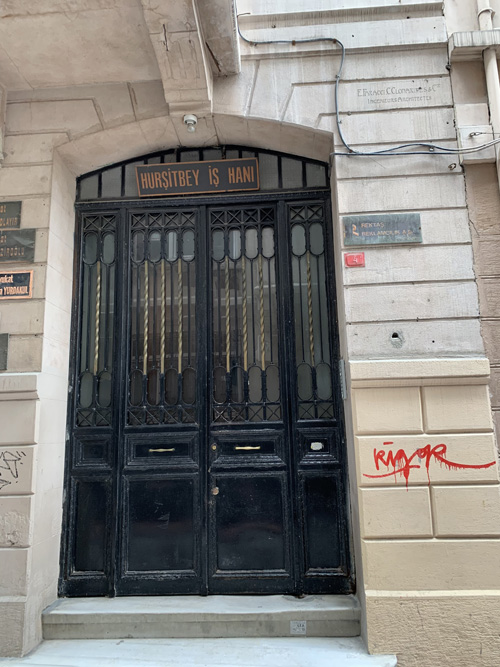
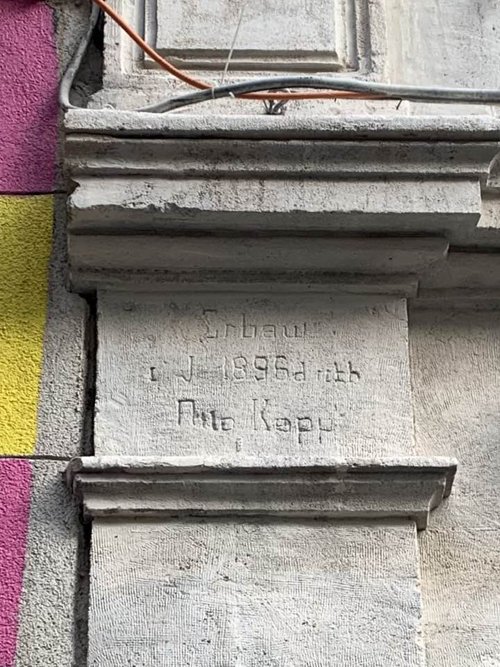
Otto Kapp plate on the former German club Teutonia in Beyoğlu built 1896, later restored.
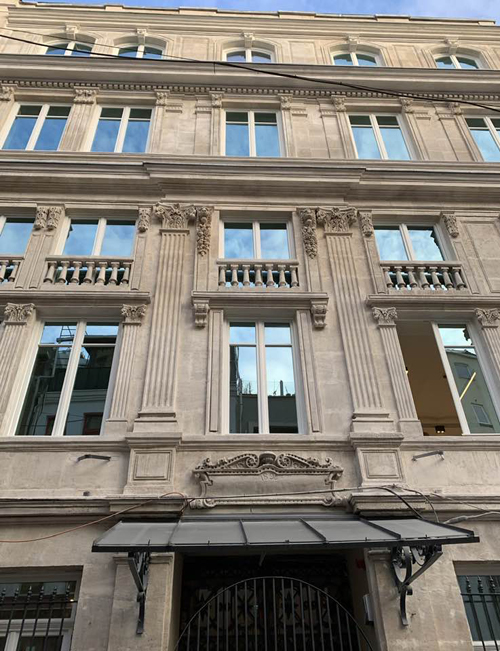
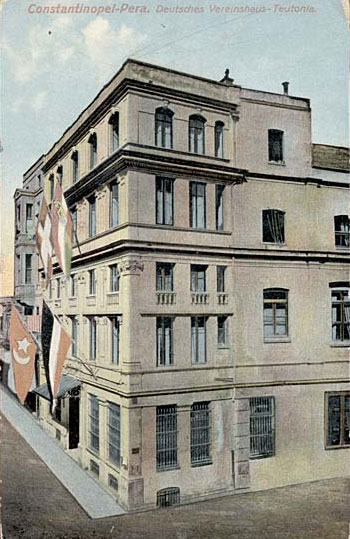
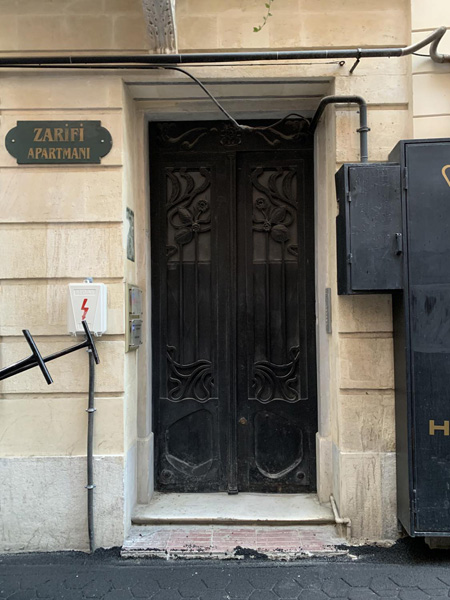
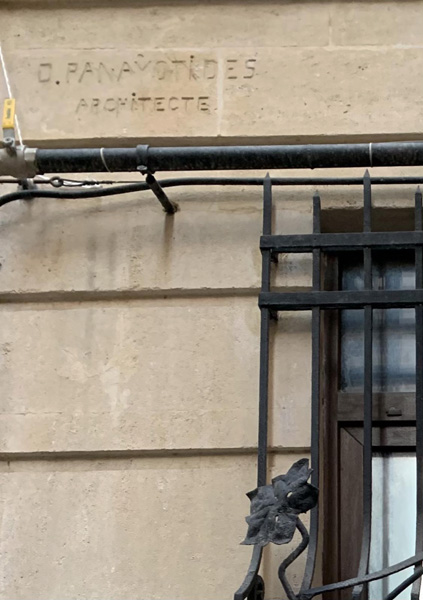
Zarifi building, Çukurlu Çeşme / Tel Sokak, Beyoğlu (Pera), architect’s plaque: Dimitrios Panayotides.
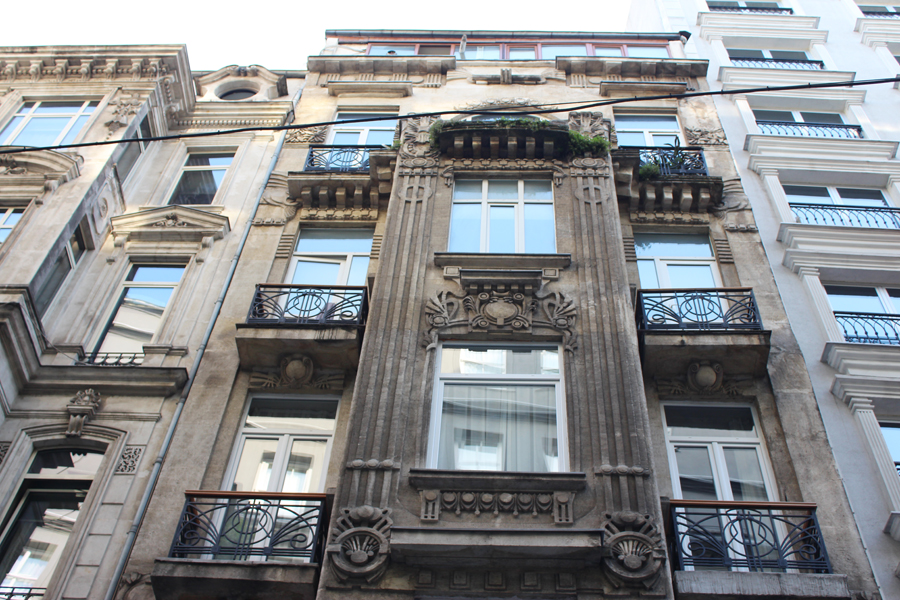
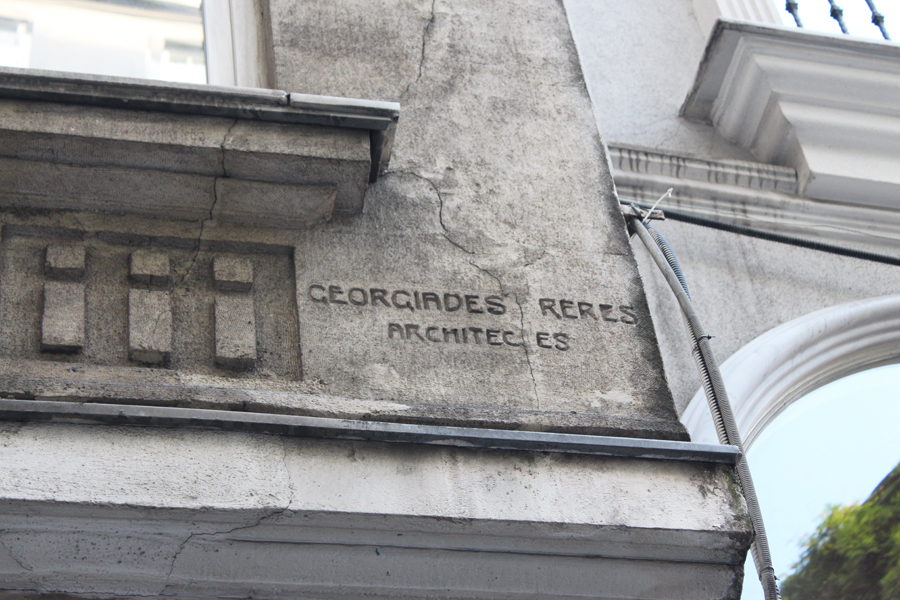
Meşrutiyet caddesi, Tepebaşı, Beyoğlu.
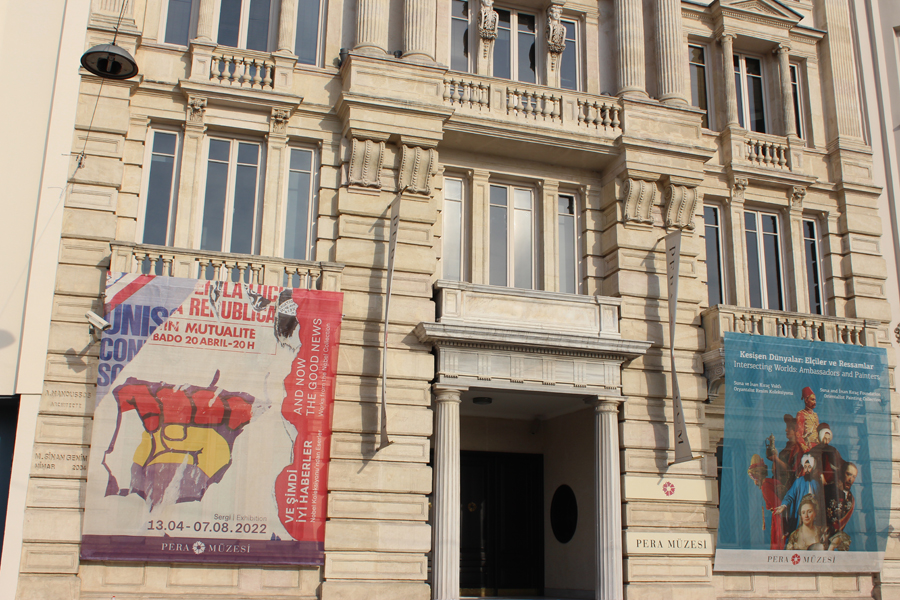
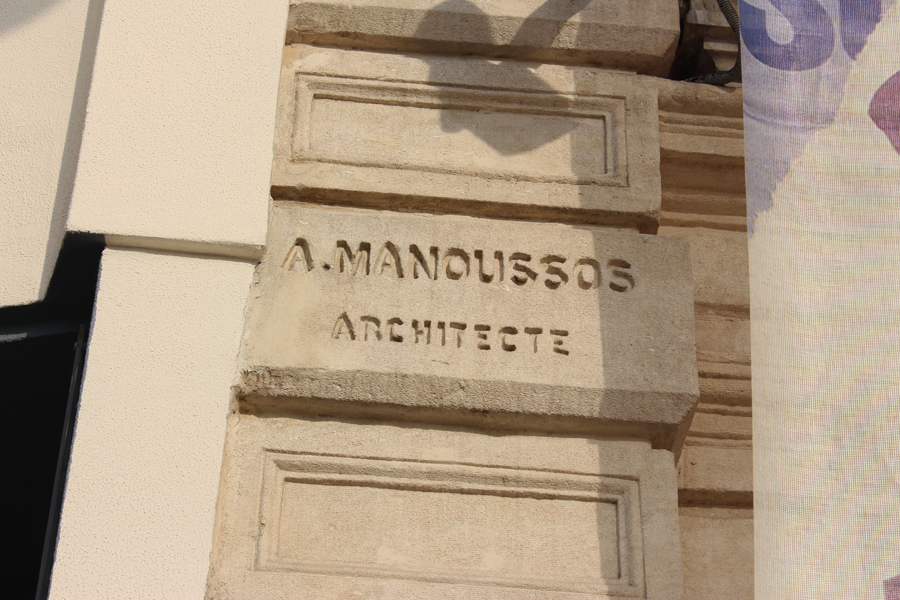
Pera Museum, Meşrutiyet caddesi, Beyoğlu.
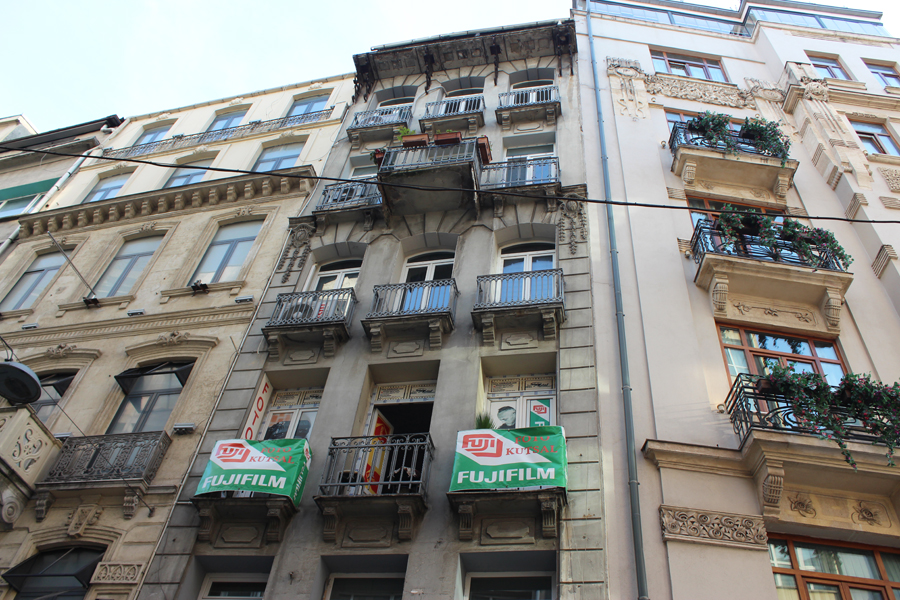
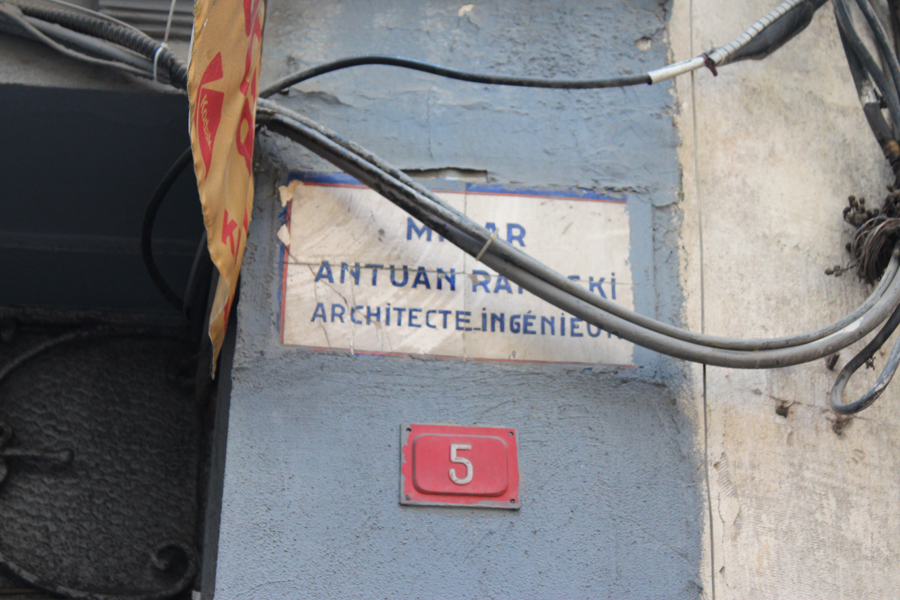
Meşrutiyet caddesi, Beyoğlu.
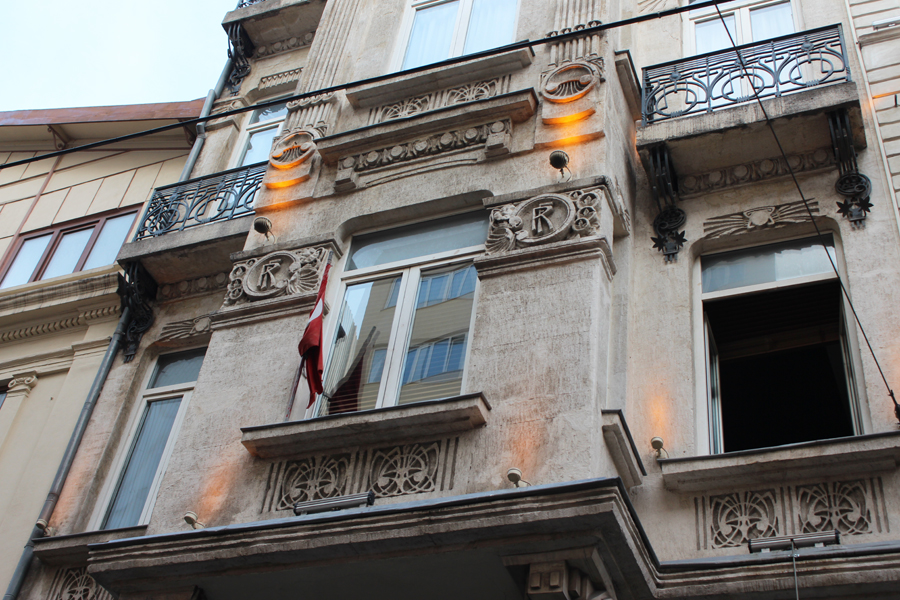
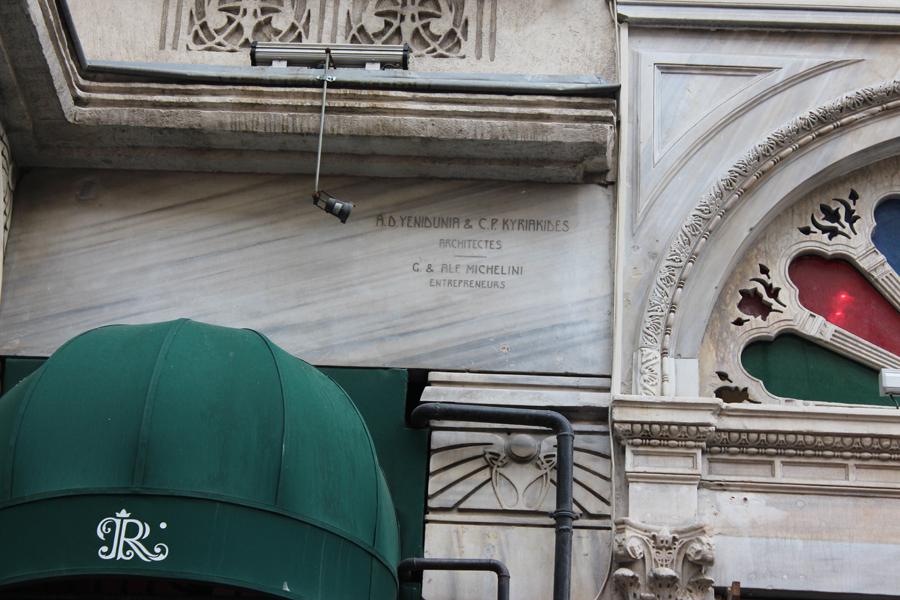
Revouna 1906 coffee bar (former house of the Italian Levantine Revouna family built during 1901-1906), Istiklal caddesi, Beyoğlu.
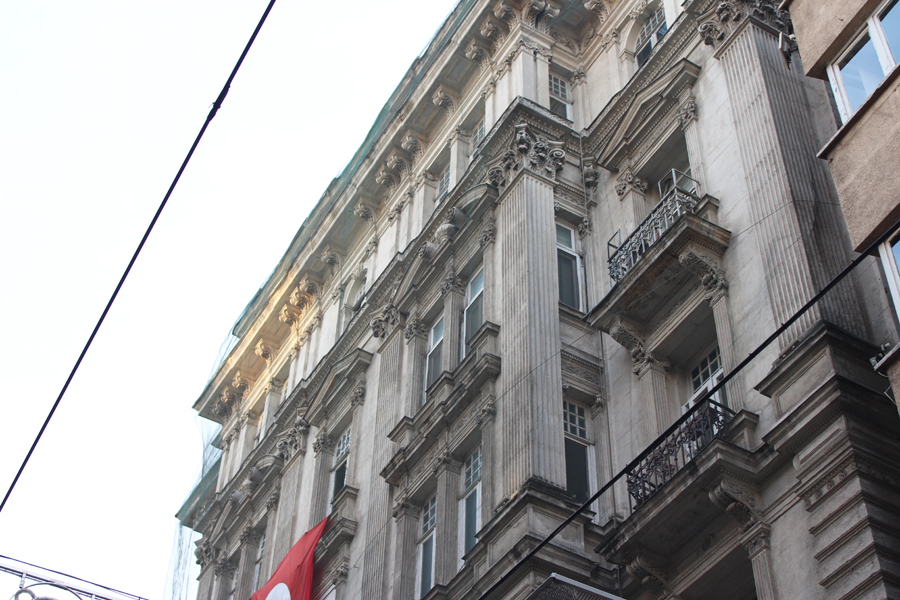
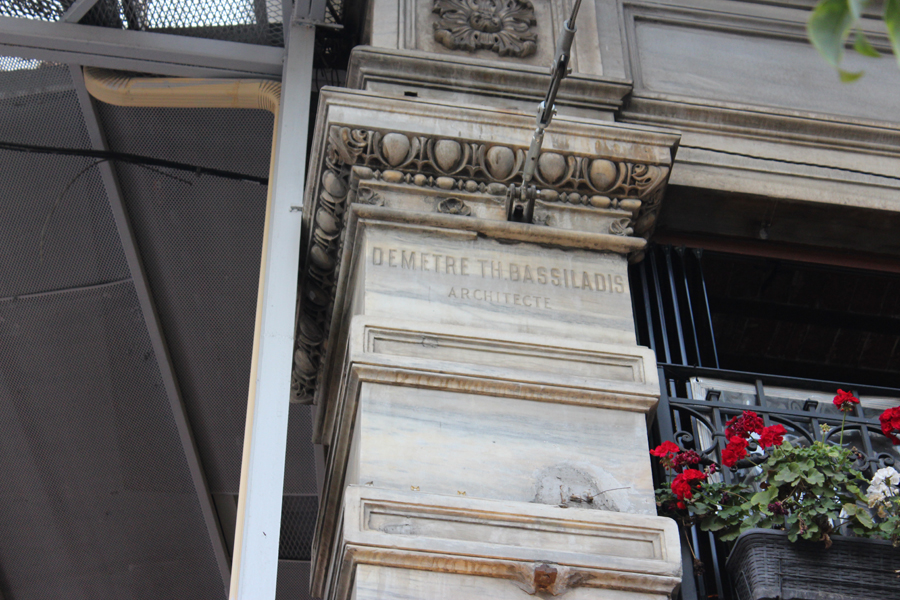
Istiklal caddesi, Beyoğlu.
